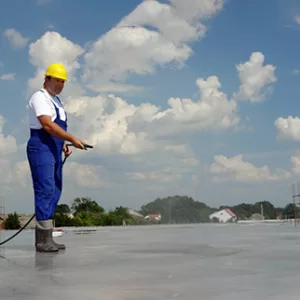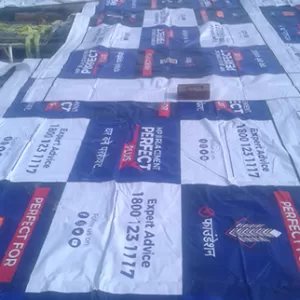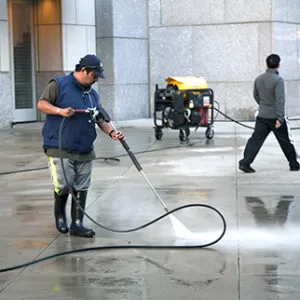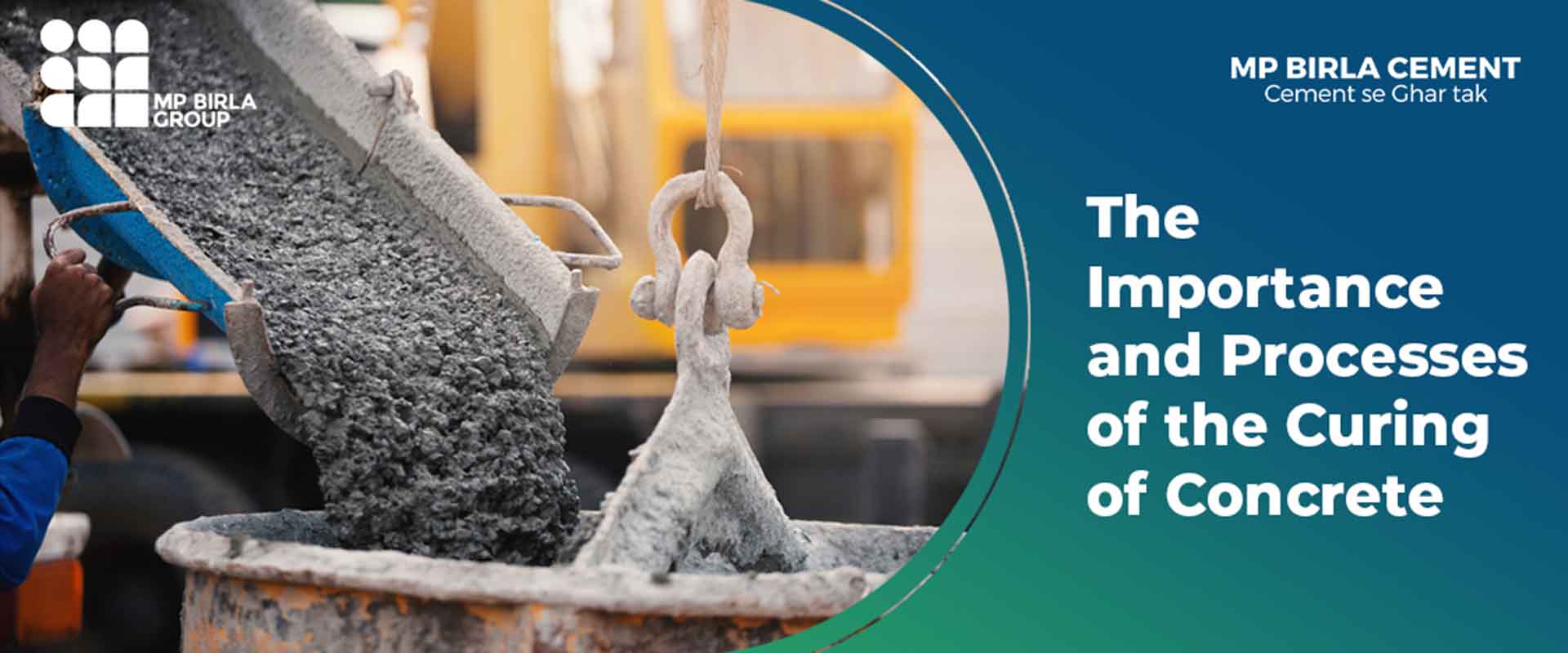
Enquire Now
Concrete is the second-most consumed substance in the world. It acts as a major component during construction while its versatile nature, availability and durability make it essential for modern structures.
However, curing concrete is important to maintain its inherent strength and durability. Let’s find out why. But first –

How do you define curing?
Curing is the procedure that requires keeping the concrete damp or moist so that the concrete remains hydrated and optimum strength of the structure is attained. This process should be conducted soon after the concrete has been set or when the formwork is removed. It is best to continue with this process for a reasonable period of time so that the concrete can obtain its toughness and permanence.
This entire process should be carried out while a uniform temperature is maintained throughout the whole concrete depth. This is to ensure that thermal shrinkage and cracks are avoided. The main objective is to monitor the loss of moisture by keeping the concrete saturated or nearly saturated with water.
What is the purpose of curing concrete?
To help the concrete achieve optimum strength through proper hydration
To reduce the development of cracks, and in turn, enhance its durability
To increase its performance by improving its resistance to abrasion
To develop better hydrate gels and solid mass for improved microstructure

What are the methods used to cure concrete?
There are 3 ways through which one can cure concrete. The method one chooses, however, depends on the site and its restriction, the type of structure one needs to cure and other material constraints if there are any. The following three categories are
Water curing method
Water curing is the process where an uninterrupted flow of water is carried out over the surface of the concrete. This is done so that there is no water loss from the concrete surface. This effective curing method is executed by spraying or sprinkling water or even curing agents over the concrete surface. Water curing is done by:
- A. Ponding
- B. Sprinkling
- C. Fogging or mist curing
- D. Wet coverings

Membrane curing method
This process involves wrapping the surface of the concrete with an impermeable membrane so as to prevent the loss of moisture. The compounds used are acrylic, wax and water-based liquids. The compounds are usually sprayed over the surface of freshly applied concrete to create a barrier or an impermeable membrane. Brands like MP Birla provide curing sheets that reduce the evaporation of moisture from the concrete. Membrane curing is done by:
- A. Plastic sheeting
- B. Formwork

Steam curing method
This method involves curing in water vapour or atmospheric pressures. It ensures that the surface remains moist while also increasing the temperature of the concrete. The process also involves the creation of humidity around the concrete so as to speed up the hardening of concrete and the rate at which it achieves its strength. This form of curing is conducted mainly for precast concrete plants or when the formwork is completed quickly.
If you have an infrastructure project and cured cement is the need of the hour, MP Birla Cement experts are always on standby. Ensuring our customers get the best quality product, you can look forward to expert guidance along every step of the way. Call 1800-123-1117 to know more!






